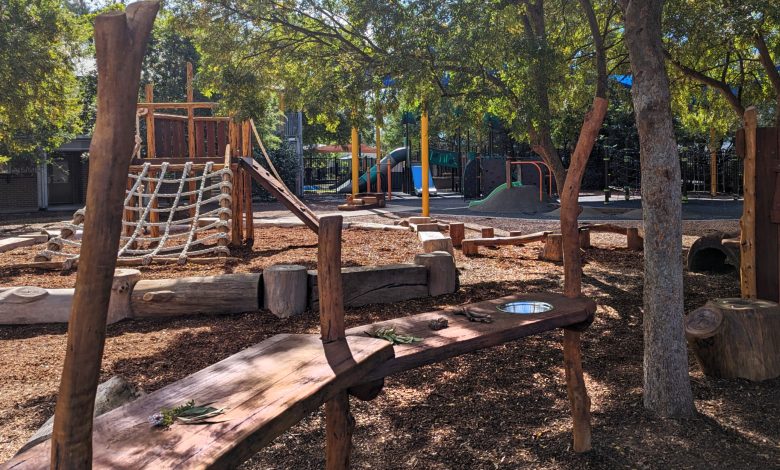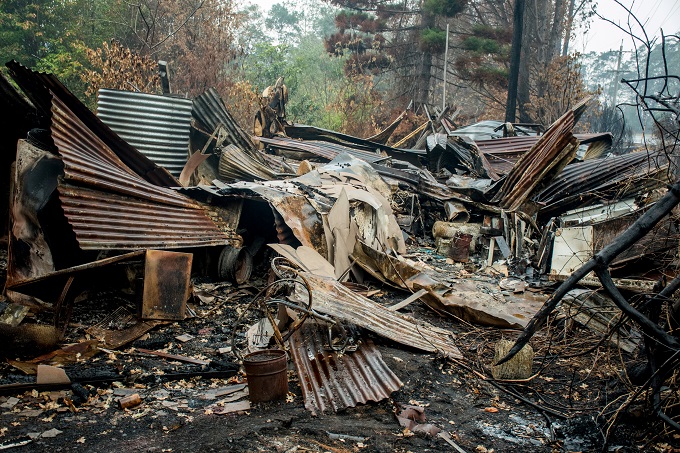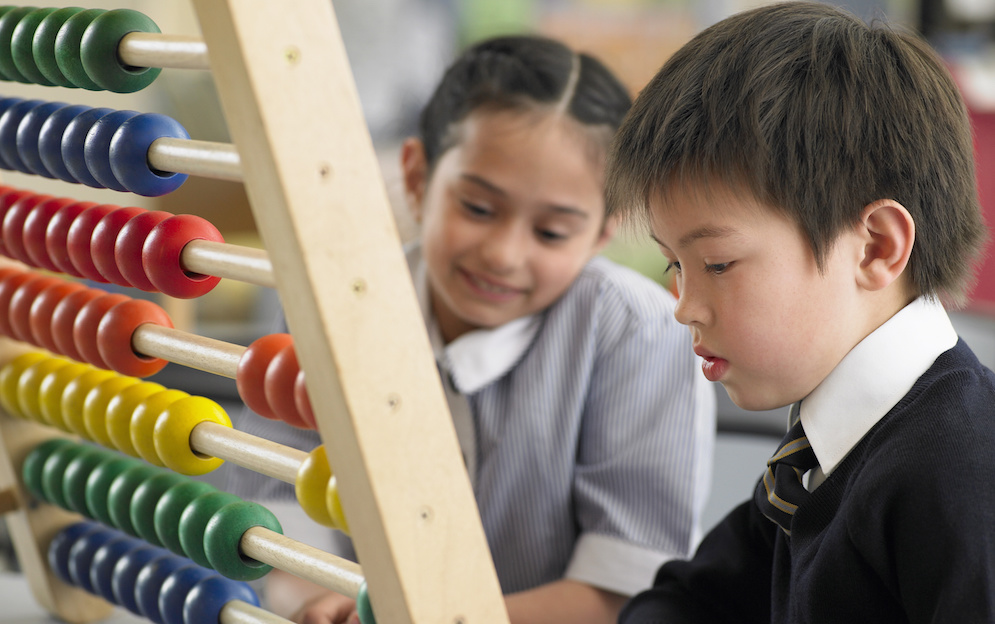
Nature play is a powerful tool for nurturing children’s development. Engaging with nature through play fosters curiosity, creativity, independence, and resilience, while also promoting physical and mental well-being.
Research consistently highlights the positive connection between nature play and children’s physical and mental growth. Natural environments offer opportunities for movement, exploration, and imaginative play, which contribute to the development of motor skills, balance, and coordination. Time spent outdoors also reduces stress, supports emotional regulation, and fosters resilience, enabling children to navigate challenges with greater ease.
Read the latest print edition of School News HERE
Studies have shown that children who lack regular outdoor play often lead more sedentary lifestyles compared to their peers who spend more time outdoors. Richard Louv, an American social commentator and author of Last Child in the Woods, coined the term ‘nature deficit disorder’ to describe the negative effects of children’s disconnection from nature. Symptoms of nature deficit disorder include depression, boredom and loneliness, alongside reduced motor development, attention, and creativity.
The Beyond Blue to Green report (2010) on the mental health benefits of nature warns that, without a significant shift towards more active, outdoor lifestyles, we are likely to see continued rises in obesity, depression, anxiety, and other mental health issues, all of which are closely linked to a lack of outdoor engagement.
Connecting with nature not only improves physical and emotional health but also supports academic success. According to the National Wildlife Federation’s Back to School: Back Outside, outdoor play has been linked to improved classroom behaviour, increased motivation, and enhanced performance in subjects such as maths, science, reading, and social studies. Children who spend time in nature also show higher scores on standardised tests, and improved academic outcomes, particularly among those from under-resourced backgrounds.
Nature play is a simple yet powerful way to enhance children’s growth and well-being. To explore how schools can effectively integrate nature play into their grounds to support students’ educational, social, and emotional development, School News spoke to Madelyn Smith from Timber Creations.

How can schools effectively incorporate nature play into their grounds to enhance students’ educational, social, and emotional development?
Over the past couple of decades there has been a wealth of research on the positive connection between nature play and social and emotional development, and this is just starting to have a significant impact on the playground industry.
The studies show that nature play is the best at providing unstructured, self-determined play which is one of the most beneficial activities children can do. A focus on unstructured play is something that can be incorporated into any playground, and this is most easily done through selecting natural materials and play elements that don’t have one clear use, for example, a hollow log, which can be a tunnel, a table, a climbing element, a hidey hole. It looks exciting, and there is no one clear prescription for play.
What are some of the latest trends in natural play structures, and how do these designs encourage imaginative and active play?
Natural play structures are moving away from recreating traditional plastic forts with timber, towards embracing the quirks of nature. Forked logs, natural hollows and bends and uneven surfaces used creatively by designers are adding an extra level of interest and excitement to the newest nature play structures.
How can using eco-friendly and recycled materials in playground construction contribute to sustainability while maintaining safety and functionality?
Timber is a sensational material for building, as it breaks down slowly rather than shattering and leaving sharp edges. As timber loses its structure it softens and degrades in layers, giving you many, many years of safe use with regular maintenance. This gradual breakdown is great for end-of-life safety as it prevents sudden failure, and it is incredible for sustainability, as it means it will not last centuries in landfill after use.
Are there some key considerations educators and designers should keep in mind when planning and landscaping nature play spaces?
An important consideration is the natural conditions of the site. Keep in mind where the water flows during rain, as this can be utilised in the design and stop water affecting your equipment. Think about how children use any natural tree roots and shade already and try to enhance these experiences with any equipment.







